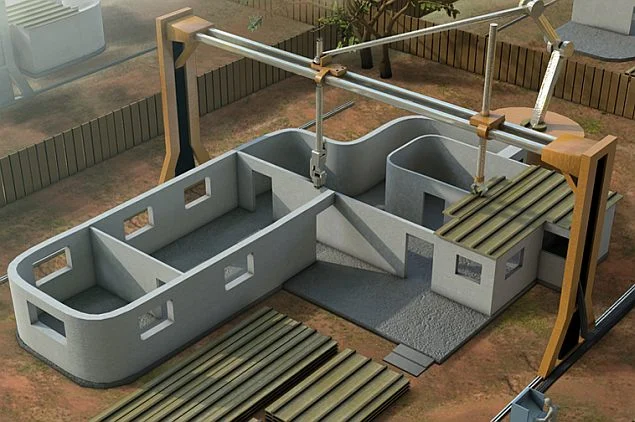>Walmart, Costco and Kohl's topped the 2013 Solar Capacity Rankings, which ranks companies by the total installed capacity of their systems and the number of operating installations, as well as showing the geographic diversity of their solar deployment.
Apple, IKEA, Macy’s, Johnson & Johnson, McGraw-Hill, Staples and Campbell’s round out the top 10.
Costco Solar
>New study reveals the ideal model for tomorrow's sustainable cities:
The global urban population is expected to rise from 3.6 billion in 2010 to 6.3 billion by 2050, and the top five locations for this urban population explosion are India, China, Nigeria, West Africa and the United States. This rate is almost the equivalent of adding a new city the size of Singapore every month.
“How cities around the world develop in coming decades will determine how efficiently we use vital resources – particularly energy, food and water – and directly impact the quality of life for billions of future urban citizens," said by Shell vice president Jeremy Bentham.
>“Imagine if children running, playing and walking could help power the lights in their school corridors or the applications in their classrooms. This is the first step towards Pavegen’s vision of a more sustainable tomorrow.”
So said Pavegen CEO and founder Laurence Kemball-Cooke in September, upon installing his innovative, energy-harnessing floor tiles at his alma mater, the Simon Langton Grammar School for Boys in Kent — where 24 tiles, covering 12 meters of a corridor, now harness and convert kinetic energy from students’ footsteps into a sustainable energy source.
>After showing Bucky Fuller's Dymaxion Deployment Unit made from grain silo parts, a reader pointed out that in fact, you could still buy a home made like this, the Sukup Safe T Home. According to Mother Earth News, non-profits can buy them for $ 5,700 each. That is of course, just for the shell; A permanent structure an an environment cooler than Haiti's would need a floor and insulation, but it is a great start.
Seven homes at an orphanage in Haiti.
>10 Simple Ideas That Could Make An Incredible Impact
>Scientists claim to have developed a revolutionary new giant 3D concrete printer that can build a 2,500-square-foot house in just 24 hours.
The 3D printer, developed by Professor Behrokh Khoshnevis from the University of Southern California, could be used to build a whole house, layer by layer, in a single day. The giant robot replaces construction workers with a nozzle on a gantry, which squirts out concrete and can quickly build a home based on a computer pattern, MSN News reported.
It is "basically scaling up 3D printing to the scale of building," said Khoshnevis.
'Contour Crafting' is a layered fabrication technology and has great potential for automating the construction of whole structures as well as sub-components, according to the project website.
>Artist and designer Julio Garcia recently built his own recycled shipping container home in Savannah, Georgia. The printmaker took two 40 ft containers and set them apart with a shed roof and clerestory windows that fill the modest space with loads of daylight. Wood and a lot of bright interior furnishings make the one-bedroom home a perfect retreat for an artist.
>At the North American International Auto Show in Detroit this week, it's not all hybrids and battery-powered cars. Some car companies are making significant investments in a fuel that's not new at all — diesel.
The newest diesel engines are far cleaner than their predecessors, and they get many more miles per gallon. The question is, what's holding customers back from switching gas pumps?
>Power generated from solar panels or wind turbines is nothing new to the world of sustainable energy, but what about a charging system that harnesses the energy from indoor swimmers as they glide through the waters. Yinger ‘Eagle’ Jin, a sophomore at Wake Forest University, built an oscillating water column that measures the amount of electricity produced by the pool’s waves. Using the amount of air pushed out of the cylinder to drive a turbine at the top, the column that’s submerged in the large body of water ultimately converts wave energy into electricity.





